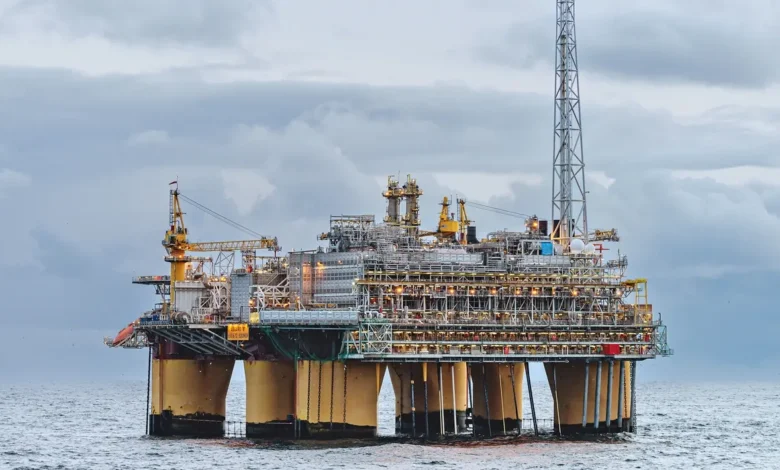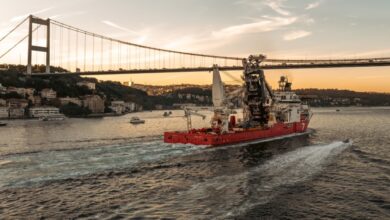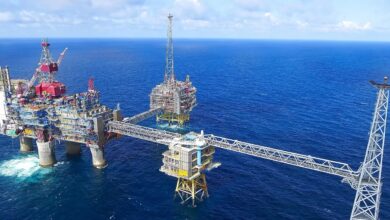Equinor increases share in Norwegian Sea

Equinor signed an agreement to acquire Sval Energi’s 11.8% share in the Halten East Unit. With this acquisition, Equinor increases its ownership to 69.5%.
Halten East is an ongoing offshore development located in the Kristin-Åsgård area in the Norwegian Sea. The development comprises six gas discoveries and three prospects, which will use existing infrastructure and processing capacity at Åsgard B.
The recoverable reserves in Halten East are estimated to be around 100 million barrels of oil equivalents, of which approximately 60% is gas that will be exported to Europe via Kårstø.
The development will be carried out in two phases, with the drilling of six wells for five discoveries in the first phase (2024-25). The second phase (2029) includes a sidetract to one discovery and three optional wells for the prospects. The Halten East Unit was approved in May 2022 and is on track to start production next year.
The transaction is subject to various regulatory approvals. The effective date of the transaction is 1 January 2024.




